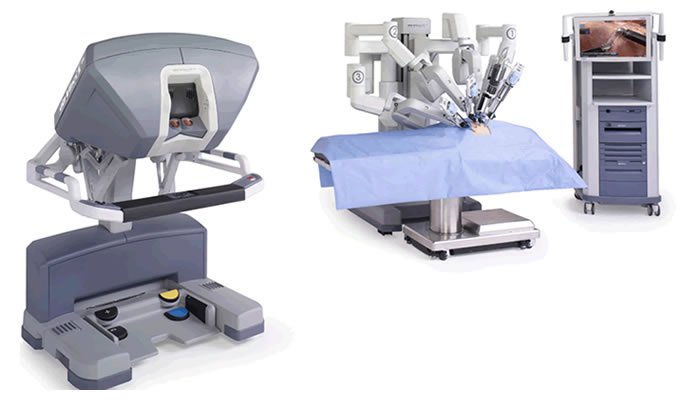What methods are used in gall bladder surgery? What should be done after gall bladder surgery, learn the details, get informed!

When may gallbladder removal be necessary?
Gallstones that block the flow of bile and cause pain may require the removal of bile (cholecystectomy). Cholecystectomy is a very common and very low risk of complications. Often patients with cholecystectomy can go home on the same day. Apart from the stones in the gallbladder, stones in the bile duct, gallbladder inflammation and pancreatic inflammation may also require cholecystectomy. Gallbladder inflammation is a kind of inflammation caused by gallbladder stones. In medical language it is called cholecystitis.
The most common cause of gallbladder stones is abdominal pain. The pain is felt on the upper right side of the abdomen and spreads towards the back. Pain may be temporary and come and it is continuous and severe in inflammatory conditions. Surgery is performed for the treatment of gallbladder stones that have caused complaints or complications.
.Treatment Methods
Robotic Surgery (Robot-assisted Minimally Invasive Surgery):
Robotic gallbladder surgery, ie robotic cholecystectomy, is performed through several small incisions in the abdomen of the patient. The small size of the incisions is a factor that accelerates the patient's return to daily activities after surgery. In robotic surgeries, the surgeon performs the operation from the surgeon's console, which is a few steps away from the patient, while another surgeon at the patient's side assists the surgeon in the console during the operation. The special camera and instruments of the robot are used in the operations performed with the participation of two surgeons. Under the guidance of the 3D image of the patient's interior, all movements of the surgeon on the console are instantly transferred to the instruments within the patient.



